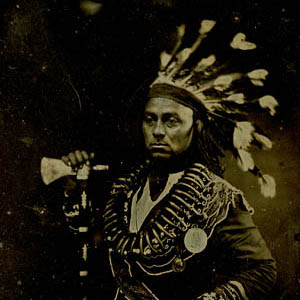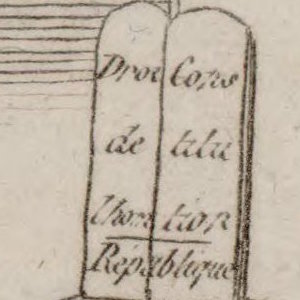Nationalism

Caribbean Views
The online collection is of extraordinary quality, both in terms of the scanned images and the contextual detail provided.
Framing Canada: A Photographic Memory
The images, dating from 1843 to the mid-20th century, come from government, commercial, and private sources.
Marxists Internet Archive
Because the Archive offers such a wide-ranging set of sources from the Marxist tradition, students can be encouraged to explore cross-cultural comparisons.The Rules of the Thälmann Pioneers
As a state-socialist society, the German Democratic Republic (GDR) did not have the multitude of independent organizations or voluntary associations that characterize civil society in democratic countries.

Thälmann Pioneer's Shirt
This shirt is an example of the uniforms worn by children aged 6-14 who were members of the Young Pioneers in East Germany.

The Counterrevolution
This cartoon mocks all the leading figures of the "Counterrevolution," including the former royal family and its blood relatives, plus the clergy, the nobility, and specific individuals, such as Mirabeau, who had supported the monarchy in the early years of the Revolution.

Tyranny Tremble
A very potent image associating France's revolutionary war with an attack on tyrants. Contemporaries would have understood the target, "tyrants," to be the monarchs.

Sword of Sieyès
This ceremonial sword, created for one of the directors in 1799, is presented symbolically as an instrument to defend the "people." Indeed, the war effort was waged for the populace against the perceived injustices of the old regime and its remnants in and outside of France.

Sword Hilt with Revolutionary Icons—Liberty
This sword, an actual artifact of the revolutionary wars, shows how strongly French officers and soldiers believed themselves to be fighting for the defense of liberty, which is represented by the woman holding the balance and by the Phrygian bonnet on a pike, both visible in the hilt.

Noble Act of 500,000 Republicans
The revolutionary wars, which would continue in one form or another until Napoleon’s defeat in 1815, were different from other conflicts in early modern Europe.